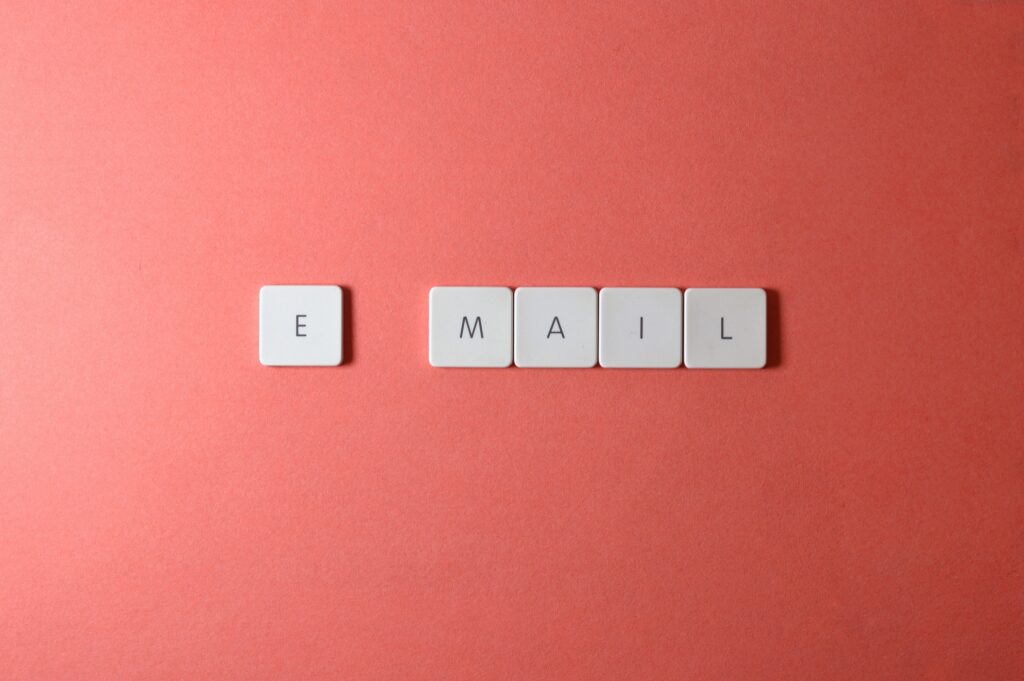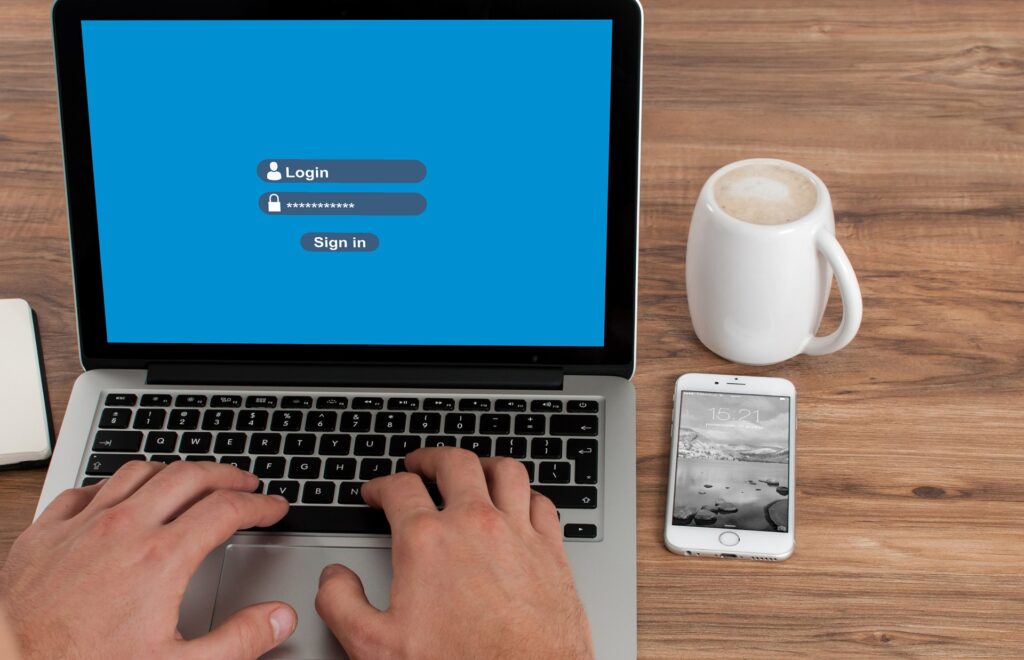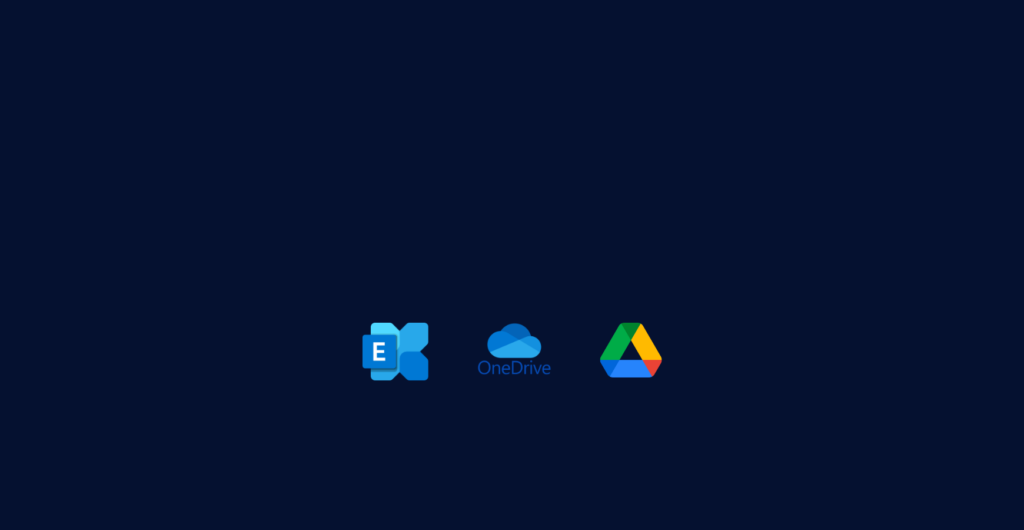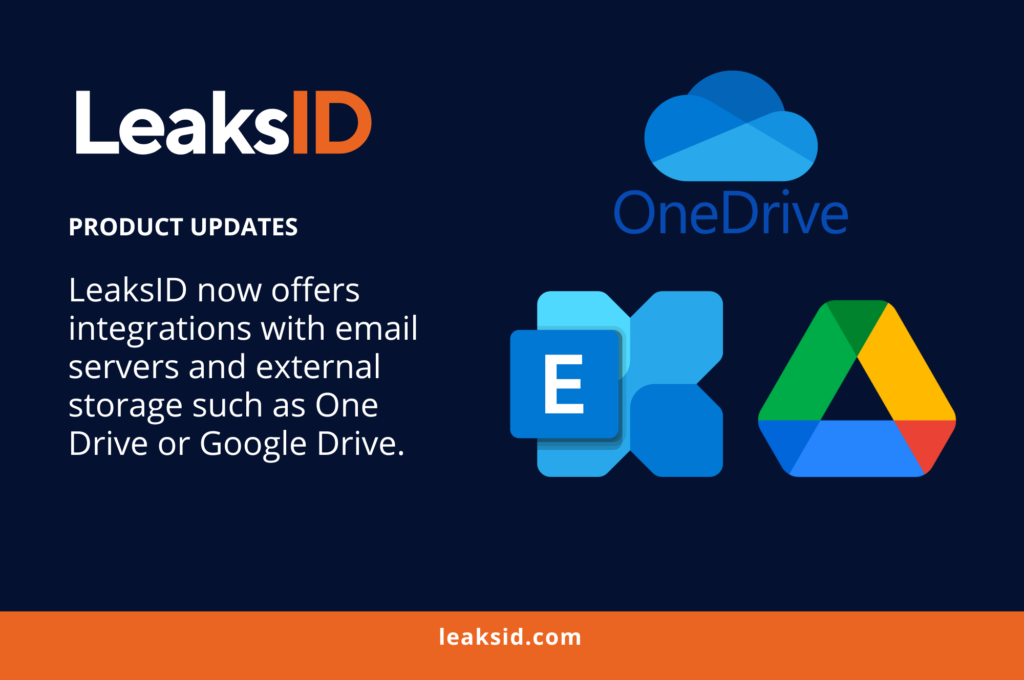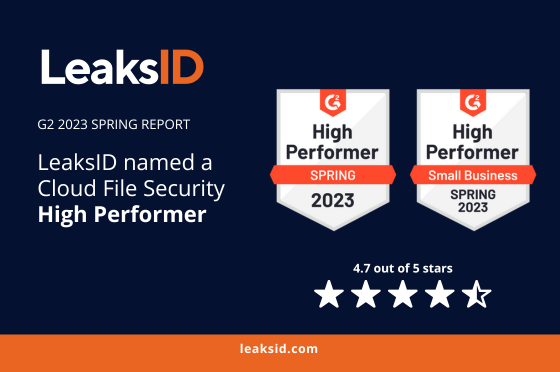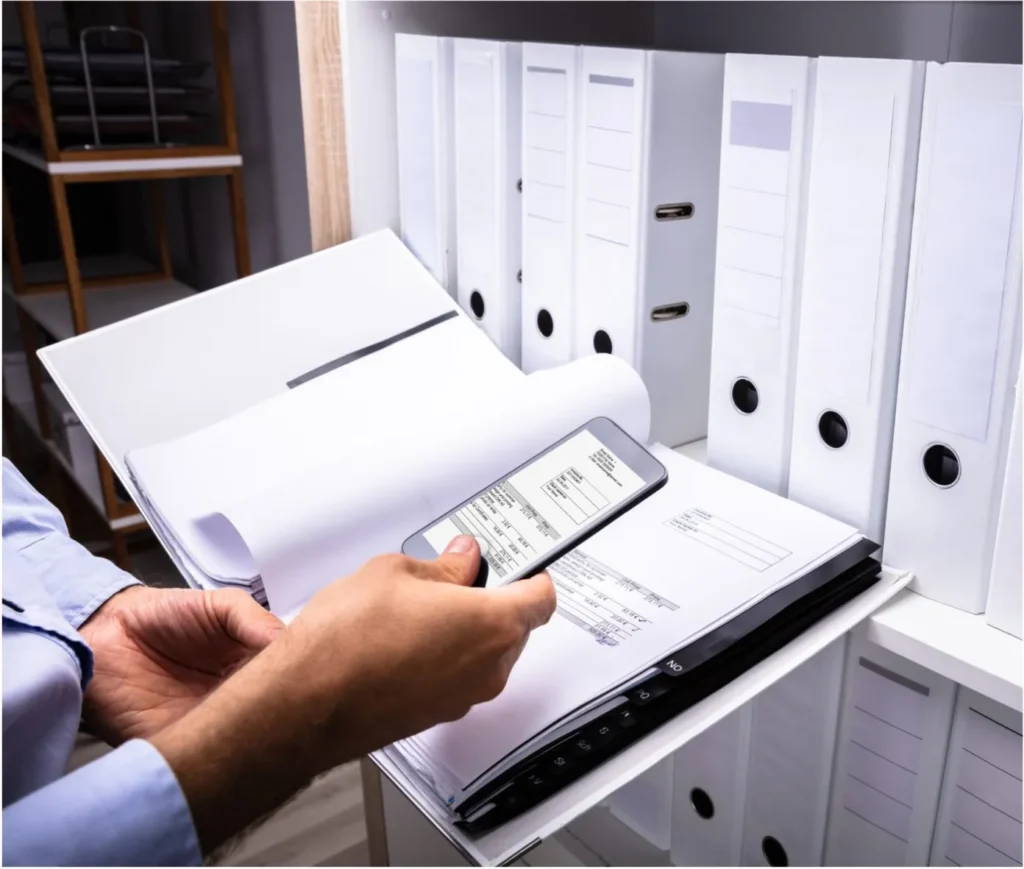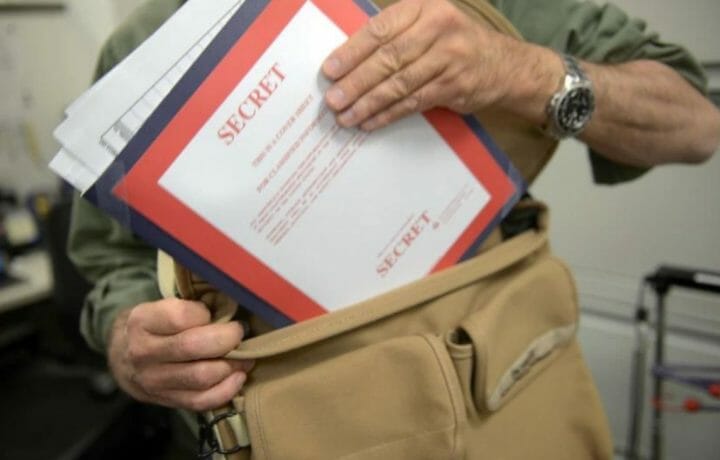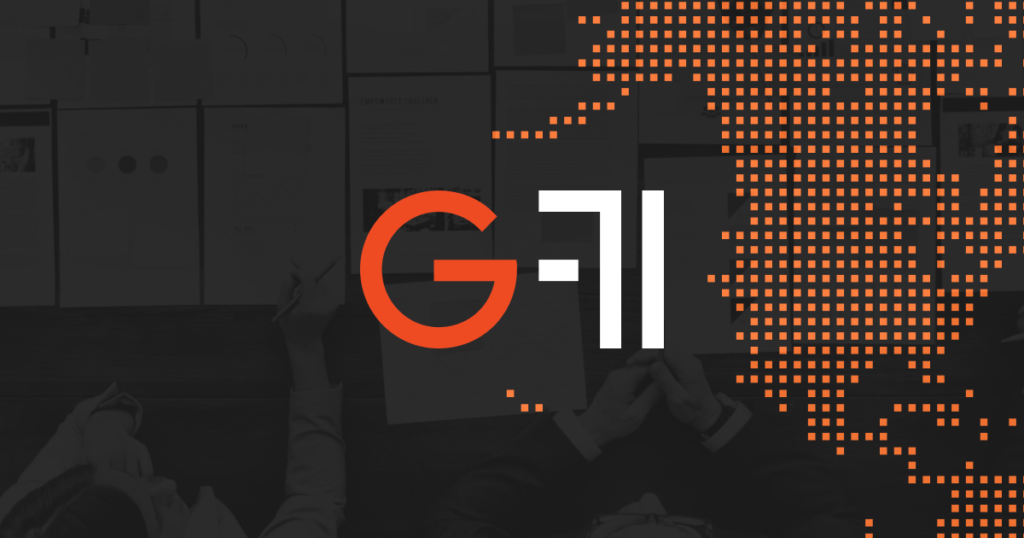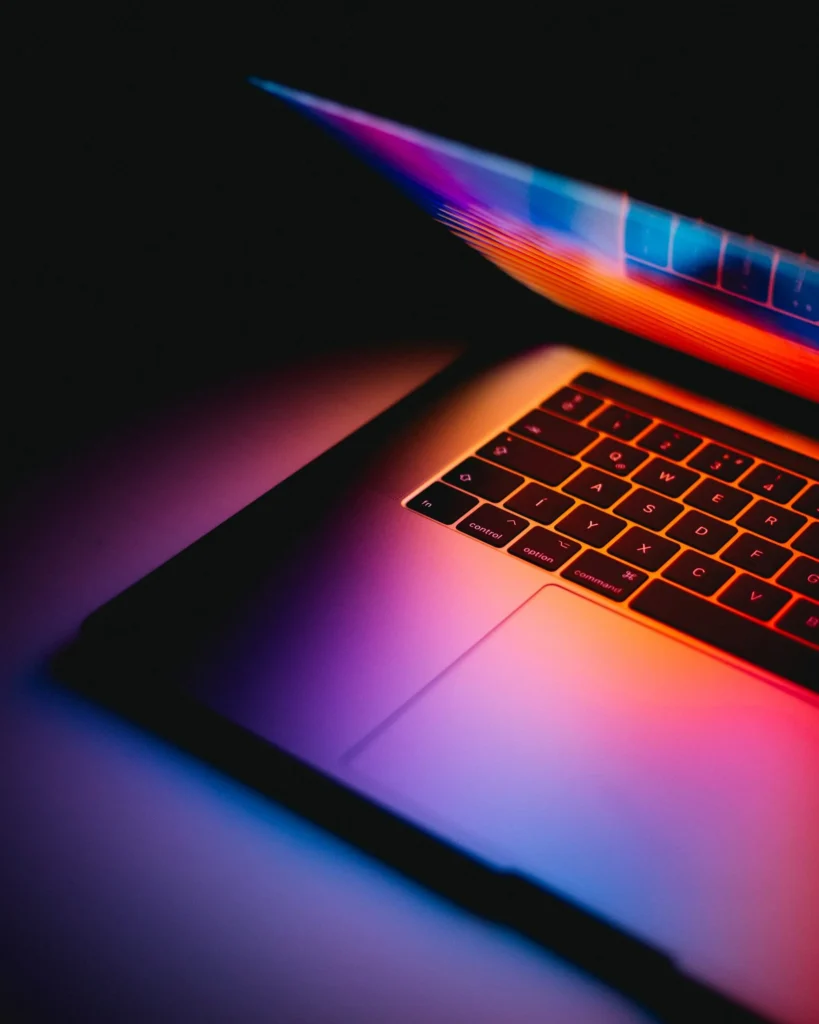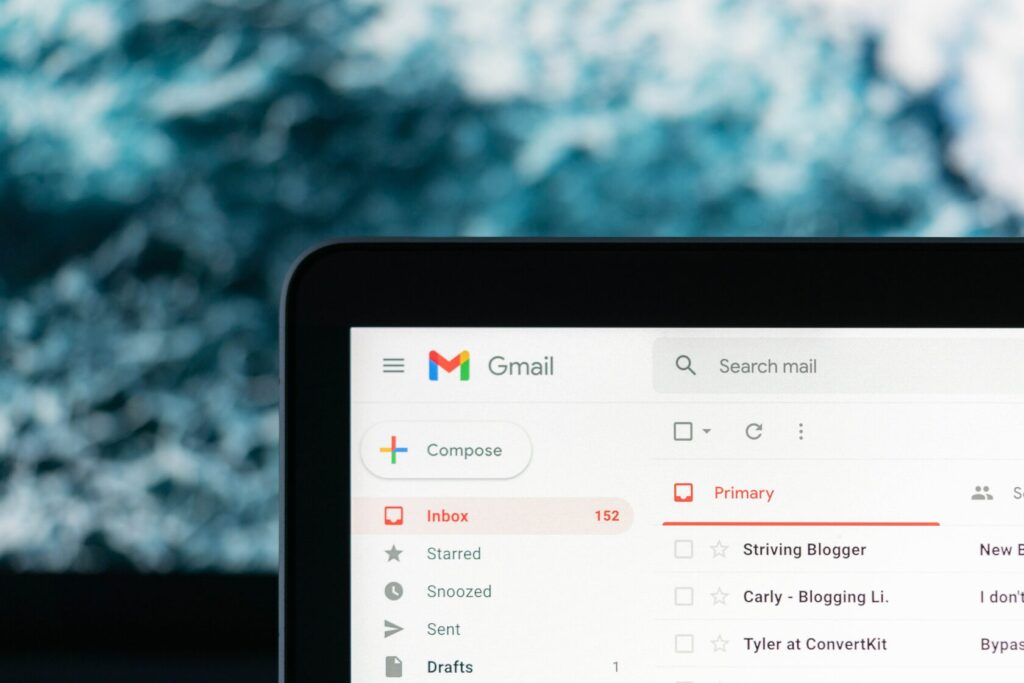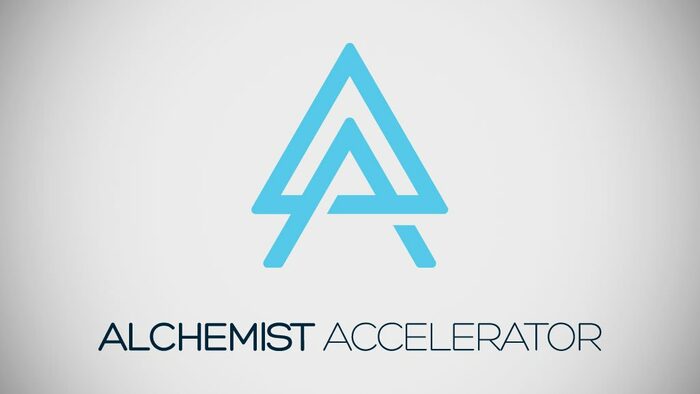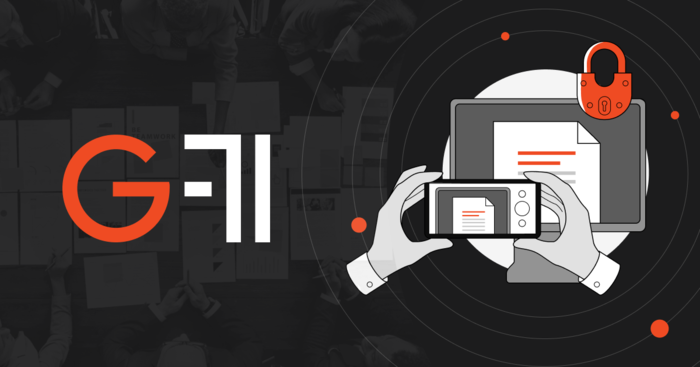The modern pace of business requires that organizations have every opportunity to manage, control and regulate the flow of files and documents, both within the company and with partners within the business ecosystem.
However, many companies simply don’t have the necessary workforce, and employees are forced to use subordinates as runners for transferring documents, including confidential ones. What does this lead to? Read further to find out.
What is Secure File Sharing?
Secure File Sharing is the process of sharing files securely, including confidential ones. This approach allows you to exchange files for both business and personal purposes during transmission and storage. Secure exchange is essential for organizations to be able to pass confidential information safely, while protecting against threats from intruders and unauthorized users.
In most cases, a secure exchange is based on restricting access to a file, allowing only authorized users to access and work with a document (view, download, edit, etc.).
But do not forget that there is also a huge problem with file leaks perpetrated by authorized users —that is, insiders with access — who take illegal actions by exploiting that access.
According to Verizon’s 2022 Breach Investigations Report, the key motivation for wrongdoing by authorized users is money. Also, people are driven by espionage and just entertainment. Insiders simply take away valuable information, contracts, etc., download files or photograph them on a smartphone.
File-Sharing Security Risks
Here are the key problematic points that most often occur during file exchange and which pose the greatest threat:
1. Installation of malicious code & malware
2. Exposure of sensitive or personal information (PII)
3. Lack of control over data
Tip for Secure File Sharing
Let’s take a look at some of the best practices for keeping your files safe when sharing:
1. Manage permission settings for each specific user and keep them up to date.
2. Monitor users’ activity by analyzing their actions and access settings to specific files.
3. Use systems that allow you to provide additional protection for your files, such as end-to-end encryption or enrichment of documents with invisible markings, for example, such as the LeaksID solution by G-71 Inc. offers.
How does LeaksID Sharing Platform work?
Using the LeaksID solution, you can easily upload your documents to the system, store them there, group them into folders, and set up different access levels for each user. In addition, the system provides advanced sharing options with the ability to limit the number of actions, for example, setting a ban on downloading, and enabling time limits on access to documents.
In addition, when exchanging documents through LeaksID, all of them will be enriched with invisible markings, thanks to which, in the event of a leak, you can determine the source. In addition, these markings act as a preventive measure to deter leaks from insider threats.






